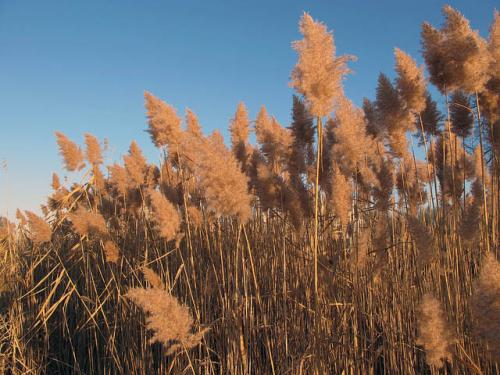BioTech + Art
The Biotech industry has made a lot of progress in recent years. Whether in areas related to plants or human biology, technology is advancing what we can see and use in the field of biology. Speaking of fields, a conceptual artwork was made in 1991 inside an industrial fencing on a hazardous waste landfill. This field was called the Revival Field which used hyperaccumulator plants to extract heavy metals from the contaminated soil. It was a success as the plants helped to treat the soil of the hazardous waste landfill. Even with the poor soil conditions from the metal uptake was found to have cadmium in the plant's leaves and stems. Cadmium is a contamination of soil and food which is a toxic element proving bad for human health. It is an environmental problem that is caused by "uncontrolled industrialization, unsustainable urbanization, and intensive agricultural practices" (Pubmed).
Microbe-Mediated Mitigation of Cadmium Toxicity in Plants - Sciencedirect, www.sciencedirect.com/science/article/abs/pii/B9780128148648000176. Accessed 12 May 2023.
Mary Bohling, Michigan State University. “Invasive Phragmites Australis: What Is It and Why Is It a Problem?” MSU Extension, 21 Jan. 2022, www.canr.msu.edu/news/invasive_phragmites_australis_what_is_it_and_why_is_it_a_problem.
Louis A. Cona, MD. “What Are Stem Cells & How Do They Impact Modern Medicine?” RSS, 5 May 2023, www.dvcstem.com/post/what-are-stem-cells.
Revival Field – Mel Chin, melchin.org/oeuvre/revival-field/. Accessed 12 May 2023.
M;, Khan MA;Khan S;Khan A;Alam. “Soil Contamination with Cadmium, Consequences and Remediation Using Organic Amendments.” The Science of the Total Environment, pubmed.ncbi.nlm.nih.gov/28609847/#:~:text=Cadmium%20%28Cd%29%20contamination%20of%20soil,food%20safety%2C%20and%20human%20health. Accessed 12 May 2023.
Ed Yeates | Posted - June 8, 2009 at 6:45 p.m. “‘super Weed’ Taking Strong Hold in Utah.” KSL.Com, www.ksl.com/article/6754314. Accessed 12 May 2023.
“Germline Aesthetics.” EMutagen, emutagen.com/germline.html. Accessed 12 May 2023.
“Answers to Your Questions about Stem Cell Research.” Mayo Clinic, 19 Mar. 2022, www.mayoclinic.org/tests-procedures/bone-marrow-transplant/in-depth/stem-cells/art-20048117.



Hello, thank you for your wonderful insight on this topic. I found your mention of the Revival Field so interesting and accurate of what we as society need to be informed about. Being able to do something that involves our earth and make it art is fascinating. I would love to see more connection to art especially with the Embryonic cell as it seems very unique and useful. Overall great concepts!!
ReplyDelete